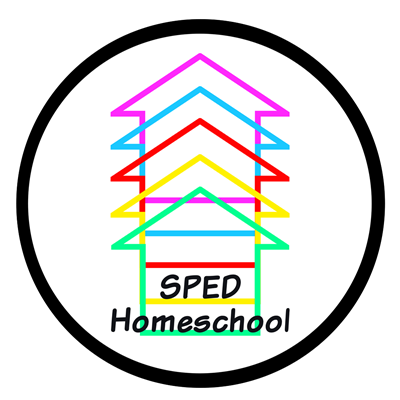Documenting Your Child's Home Education Journey
by Theresa Lynch, owner of Learning in the Living Room
Documenting your child's progress throughout your home education journey is like collecting treasures along the beach. It serves as more than just an academic record; it offers a reflection of your child's growth in various ways. Most importantly, it provides a glimpse into who your child is, who they are becoming, and who they might become. Think of it as a way to honor your child—cherish the process!
Embracing Unique Learning Styles
Many years ago, while home educating my sons, I asked them to create puppets of their favorite mammals. This activity culminated in them using their puppets to "act out" their answers to questions. Their final products were incredibly different and highlighted their distinct personalities, learning styles, and preferences. My oldest son's puppet was meticulously colored and cut, with the animal's color perfectly depicted. My youngest son's puppet, on the other hand, was vibrant and colorful, with colors outside the norm but truly entertaining!
According to Carol Tomlinson, "Intelligence is multifaceted. Children think, learn, and create in different ways." Therefore, assessment must also be multifaceted. The end products should look different. The essential question is: "What evidence do you have that your student has mastered the objective?" It’s that simple!
Creative Ways to Document Learning
Once you determine what you need to assess, gathering information becomes the fun part. The sky's the limit! Here are some of my personal favorites:
Anecdotal Records & Observations: Keep notes in a spiral notebook, recording the date, activities, student responses, and any challenges. Observe your child’s mastery of concepts and skills, noting difficulties and poignant statements. Review these records later to plan future lessons.
Portfolios: Use a three-ring binder to collect your child's work, including art projects, book lists, worksheets, writing samples, poetry, and photographs of field trips and activities. Date each item and include as much as needed. At the end of the year, review and decide what to keep to show growth.
Learning Logs for Content Area Subjects: Encourage your student to keep a notebook for subjects like Science or History. After studying a topic, have them write or dictate a paragraph about it. This will show if they have a firm grasp of the content.
Reading Response Notebooks: Use these for literature. Pose questions for the student to answer or have them write a retelling or summary of the story. This helps assess comprehension strategies like cause/effect relationships, inferring hidden meanings, and sequencing events.
Checklists/Lists: Keep checklists or lists of books read, words mastered, vocabulary completed, math facts reviewed, etc. These provide a quick overview of what has been achieved and what still needs to be done.
Calendar: Use a monthly calendar to note skills or strategies taught/learned on specific days. Use different colors to indicate whether a skill was taught, reviewed, or mastered.
Assessment Grids/Rubrics: Follow a grid or rubric to ensure specific skills are completed and/or mastered. A Scope & Sequence rubric for phonemic awareness, phonetic analysis, or math skills is an efficient tracking method.
Formats: Collect evidence of skill mastery through videos, photographs, experiments, illustrations, essays, or tests. These varied formats assess understanding and application of concepts.
Be Creative and Offer Choices: After studying a topic like lightning, let your child choose how to demonstrate their understanding. They might conduct an experiment, illustrate the process, or act out a lightning storm while describing the phases.
Storage: Keep all documentation in one place, like a large plastic bin. The storage method doesn't matter as long as the documentation is preserved. Keep copies of informal tests, formal evaluations, or standardized tests in a notebook, binder, or box.
The Purpose of Assessment and Documentation
Remember, assessment and documentation should inform your instruction. It’s essential to understand what went wrong, why it went wrong, and how it can be corrected to promote effective instruction. This approach makes assessment and documentation valuable and honors your child and your educational journey.
About Theresa Lynch
Theresa Lynch has a Bachelor's Degree in Business Administration from Beaver College (now Arcadia University) and a Master's and Sixth Year Certification in Reading/Language Arts from Central Connecticut State University. She is a Connecticut certified Elementary Educator (Pre-K-8) and Reading/Language Arts Consultant (K-12), trained in the Orton-Gillingham method. Theresa has taught various educational levels, including preschool through post-graduate adults, and has 15 years of home education experience with her two sons. In 2007, she co-founded "Homeschooling Our Special Kids in Connecticut," which she led for 12 years. Theresa's passion is teaching those deemed unteachable and creating the best learning environment for students. In January 2020, she founded "Learning in the Living Room, PLLC." Contact Theresa at (203) 525-1205, [email protected], or visit www.learninginthelivingroom.com.





Comments